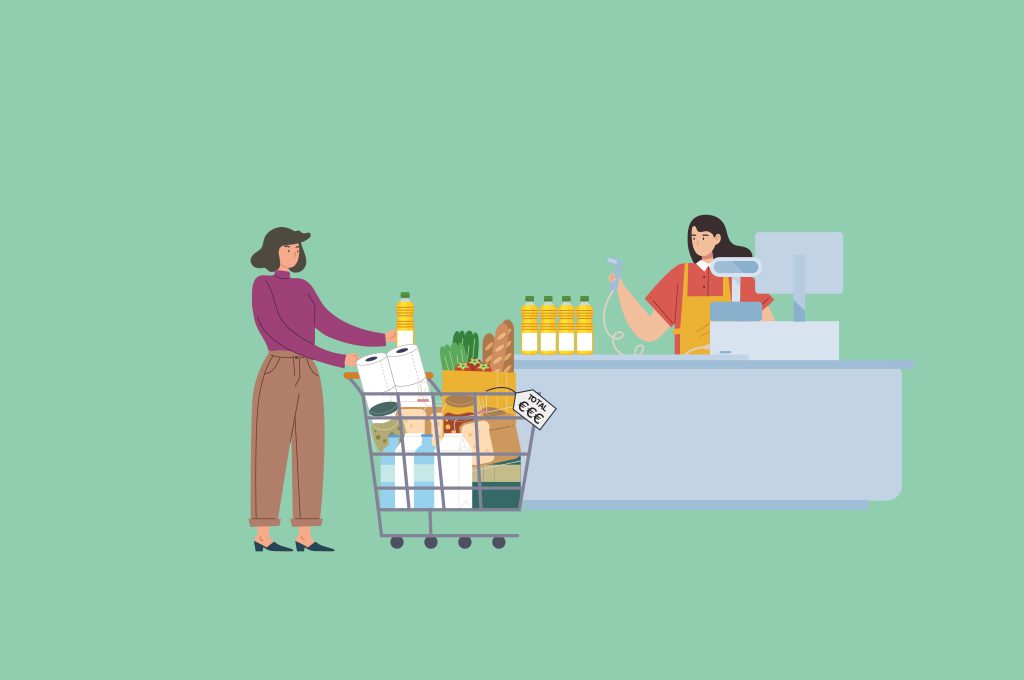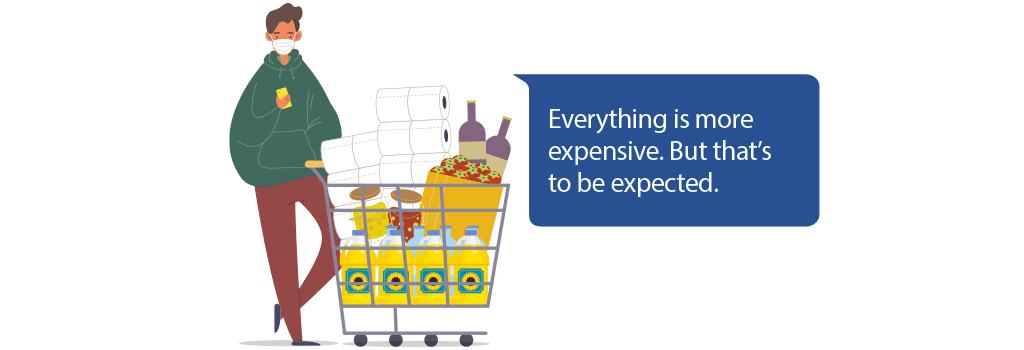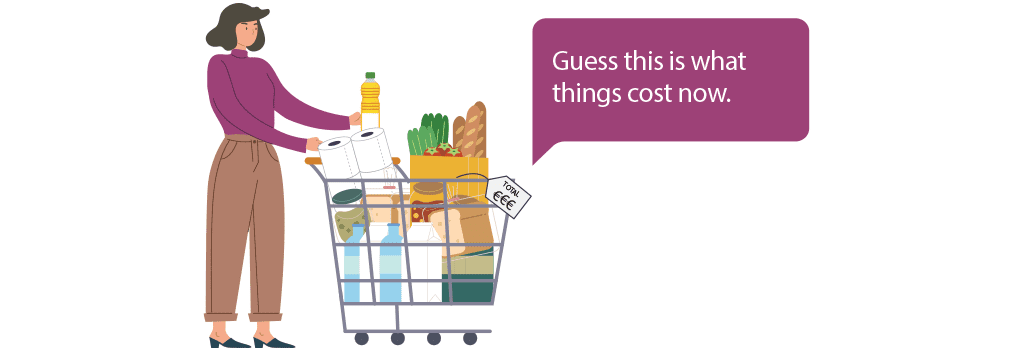
IESE Insight
Who’s to blame for the euro area pandemic inflation? The answer is complicated
“Greedflation” debates leave out a crucial component: production disruption for some allows all corporations to raise their prices — and people will pay them.
“Greedflation” has become a hot topic.
Some economists argue that corporations are to blame for the rising cost of goods — seeking to enrich themselves at the expense of consumers — while others say that’s nonsense, they’re just trying to stay afloat.
According to my recent research, however, the answer may lie somewhere in the middle.
My co-authors and I looked at how supply shocks in the euro area during the COVID-19 pandemic led to generalized inflation. We found that many “greedflation” debates leave out a crucial component: when there are disruptions to the production and distribution of goods, prices increase but people aren’t shocked. That is, they understand that some companies are strained, so they adjust their price expectations upward and are less likely to shop around for better deals when seeing higher prices. This allows all corporations with some degree of market power — not just those affected by supply shocks — to maintain higher prices without a significant loss in sales.
As the eurozone continues to see inflation rates of 2.6% — down from 10.1% in November 2022 but still higher than pre-pandemic times — perhaps it’s time to stop seeking a culprit, and rather understand how different players interact in a capitalist economy.

2020-21: Supply shocks push costs up, causing inflation to rise
In the earliest days of the pandemic, there was endless talk about grocery stores running out of toilet paper. People filled their shopping carts to the brim with food and household products, anxious to stock up before strict lockdowns were imposed.
In hindsight, this panic can seem trivial relative to the gravity of the healthcare crisis that was at hand, but there was real reason for that fear: consumer goods simply weren’t arriving at the same rate as before.
Containers were stuck at ports across the world because of border closures or movement restrictions, which meant companies had difficulty accessing necessary products. Inflation inevitably followed. That’s the law of supply and demand: when demand is high but supplies are low, companies increase their prices.
Central banks initially tolerated elevated inflation under the assumption that these supply-chain disruptions were temporary. But what they overlooked was the influence that elevated household expectations could have on companies’ pricing decisions.
In order for inflation to pull back to target levels after a short period of time, household expectations need to remain “anchored.” In other words, consumers need to expect that inflation will decrease quickly.
But that did not happen in the aftermath of the pandemic. Instead, inflation expectations kept rising because consumers continued to see high prices at the supermarket and watched news coverage of ongoing lockdowns and border closures.

2022-23: Inflation becomes generalized
As household expectations continued to rise, so did inflation across the eurozone. While only 27% of products were experiencing inflation of over 4% at the end of 2021, that number had risen to 70% of products by the end of 2022.
Some companies — even those not affected by the supply-side disruptions — were able to “hide” behind higher costs and inflationary noise to maintain, or sometimes increase, their markups without risking a decline in sales. Those that benefited the most were companies with pricing power — in other words, those with few competitors.
This dynamic — of setting new expectations and the domino effect it can have — is key in disproportionately and persistently driving up actual inflation.
Eventually, what began with localized inflation produced by supply-side shocks led to a more broad-based phenomenon.

What can be done for 2024 and beyond?
Our research findings have many important policy implications, particularly shedding light on how elevated household expectations and corporate pricing power create feedback loops that lead to generalized inflation.
To begin with, we found that there’s a need for more proactive policy responses to supply-side inflationary pressures. Policymakers should be prepared to adjust monetary policy quickly if inflation expectations show signs of becoming “unanchored.”
Policymakers should also promote greater competition to curb the inflationary tendencies of dominant market players with pricing power, all while keeping in mind that limiting price markups could have negative mid- to long-term consequences on inflation.
Finally, central banks should work to tame household expectations in order to avoid the possibility of persistent and intertwined inflationary pressures. After all, transparent communication could help prevent inflation expectations from becoming a self-fulfilling prophecy.
An infographic of this article is published in IESE Business School Insight magazine #167 (May-Aug. 2024).



